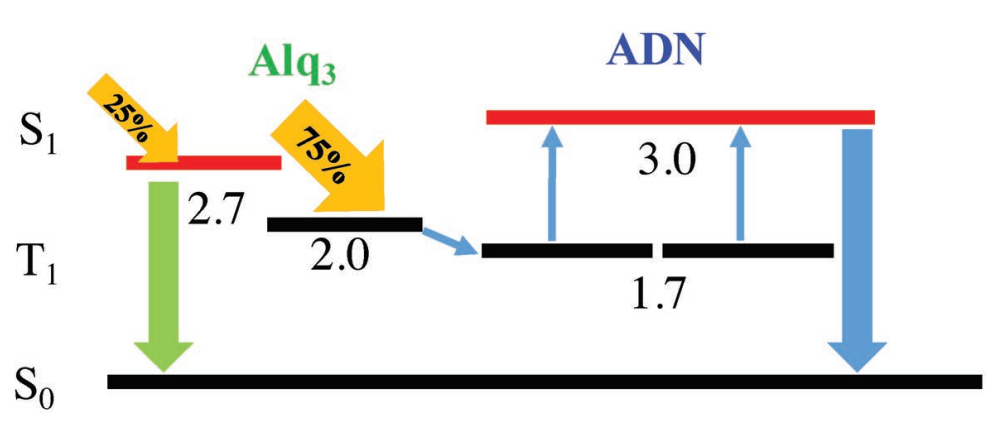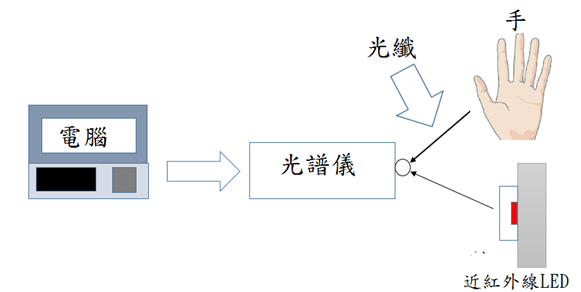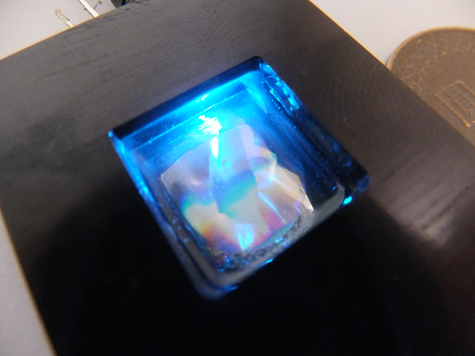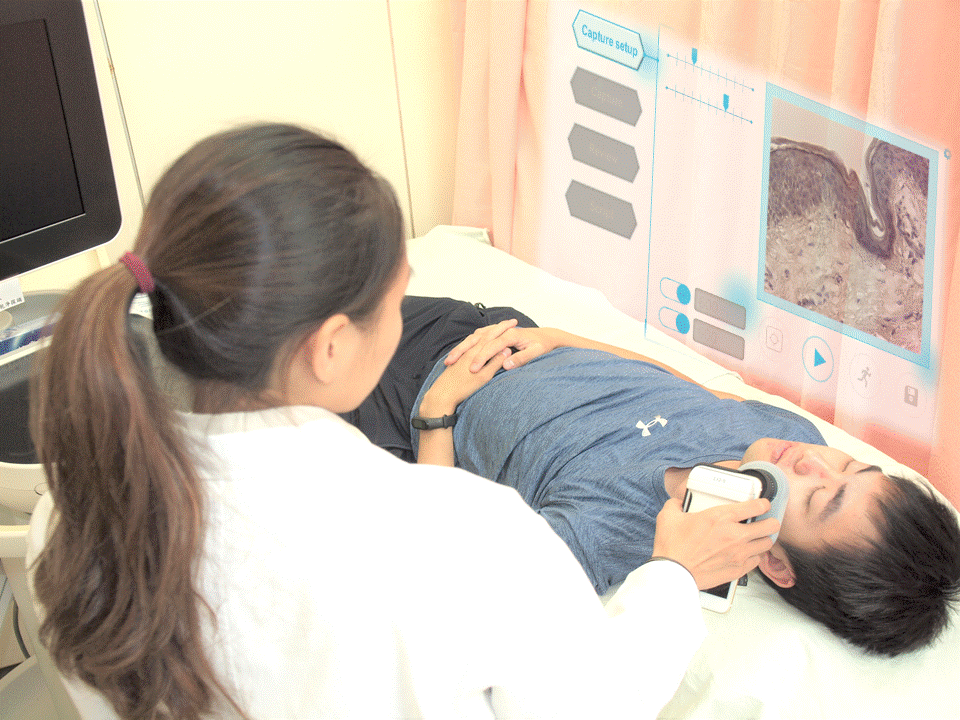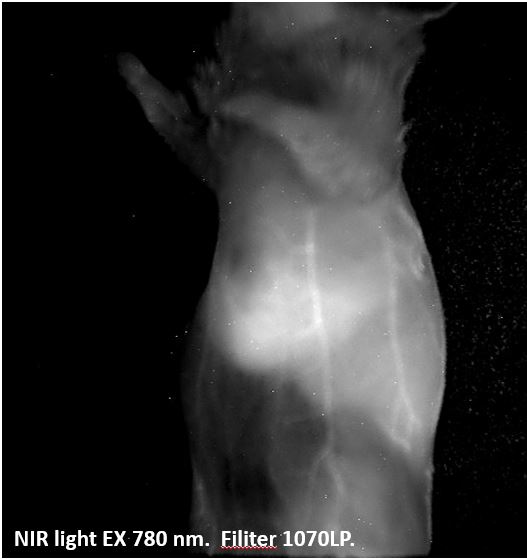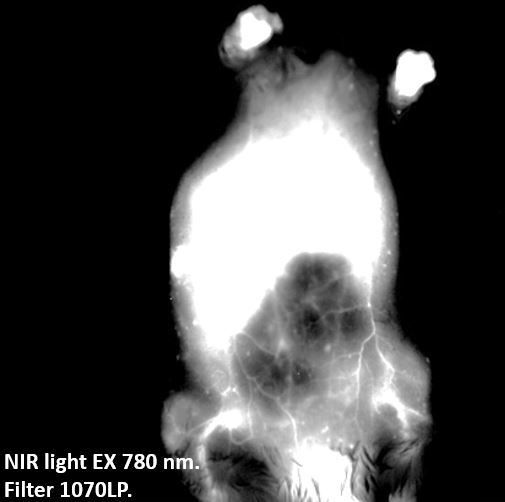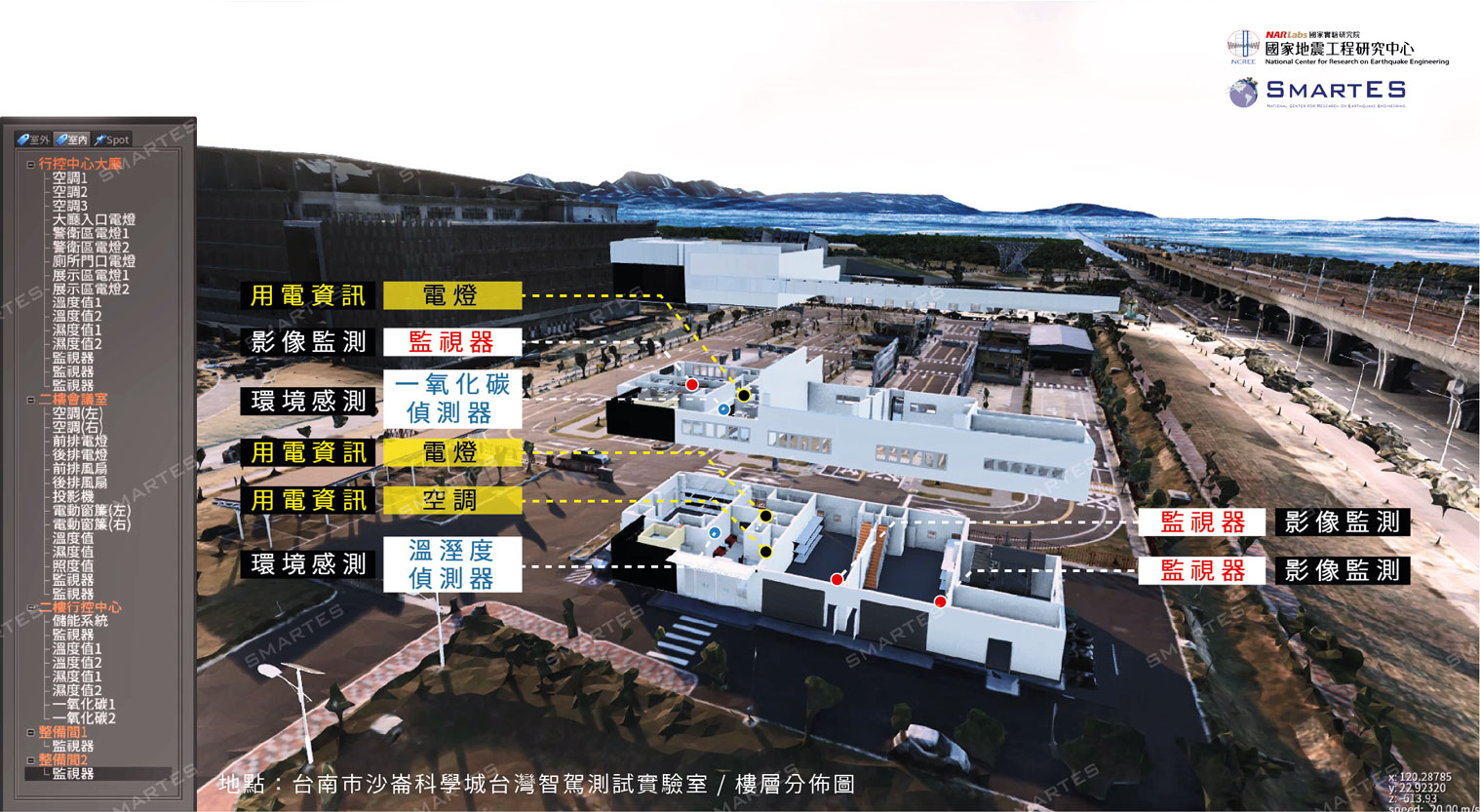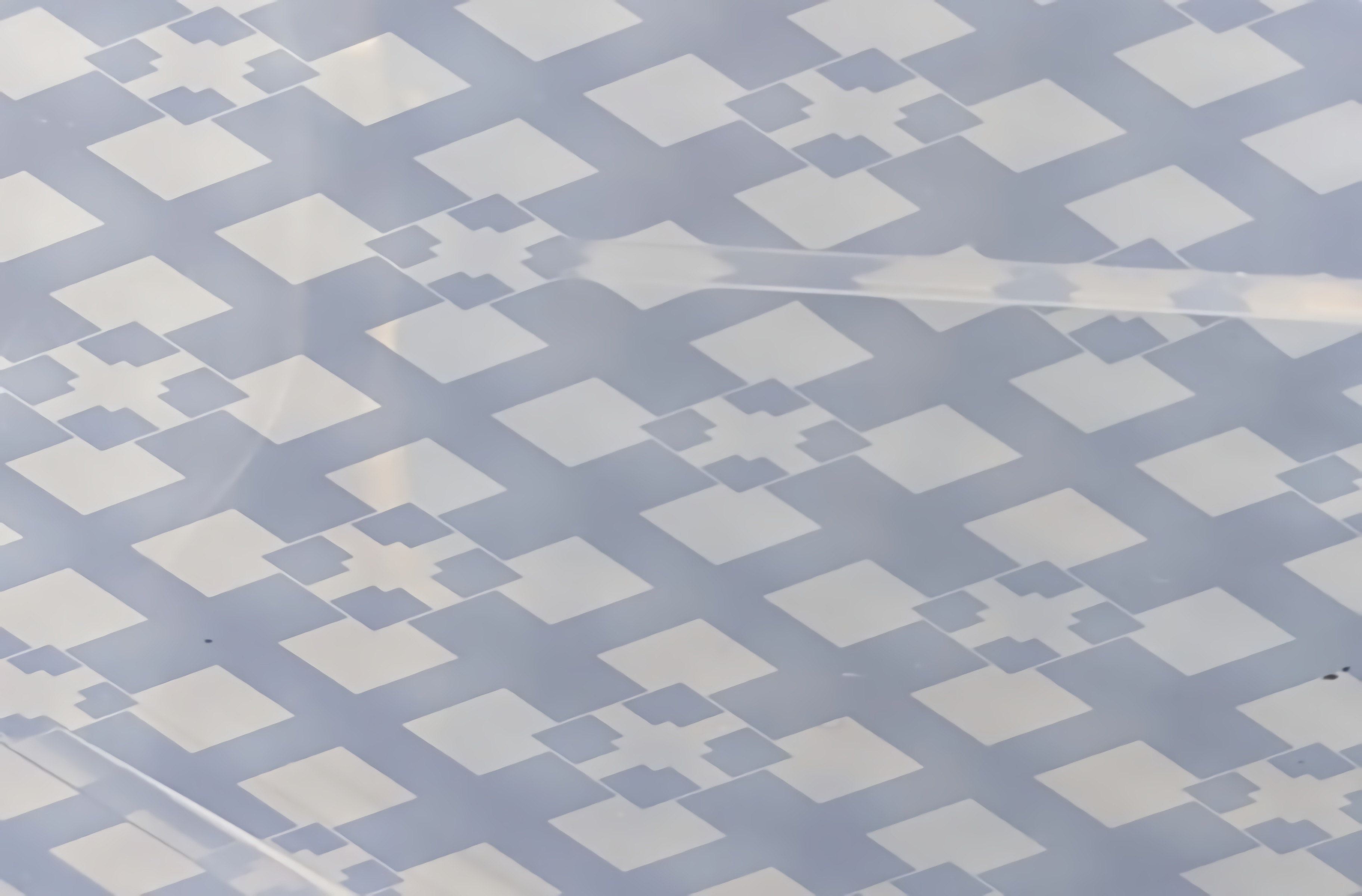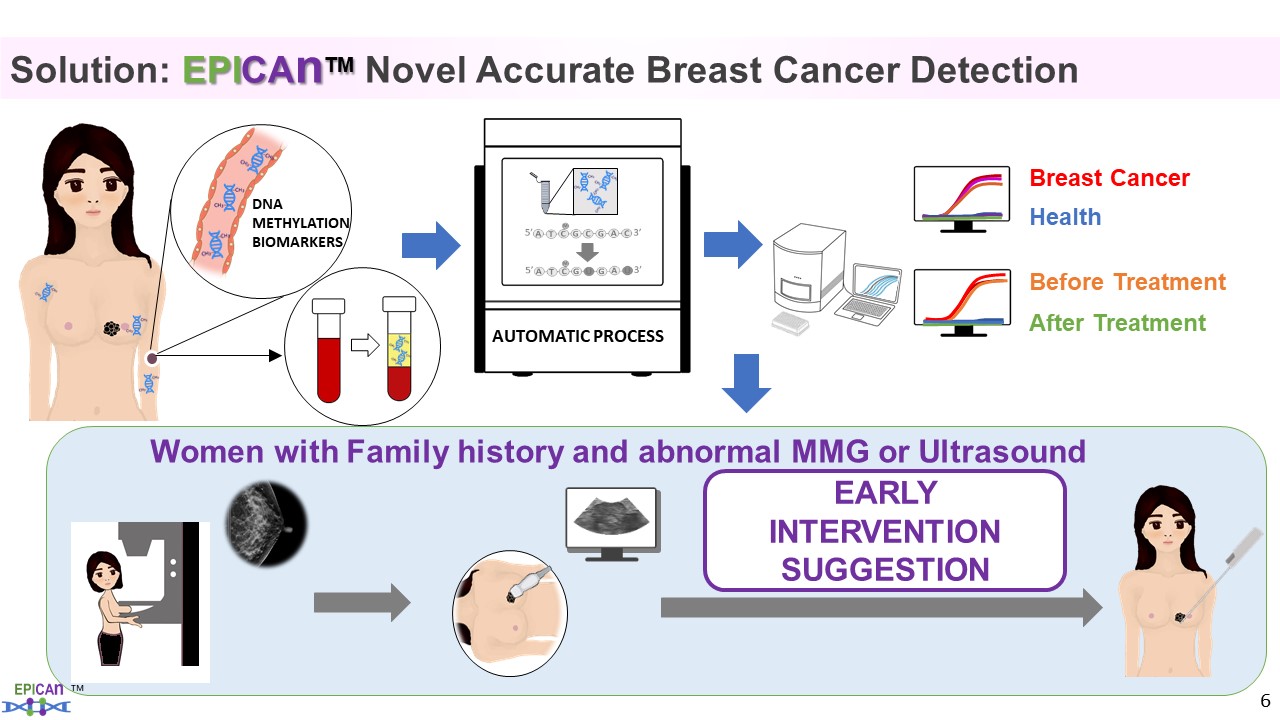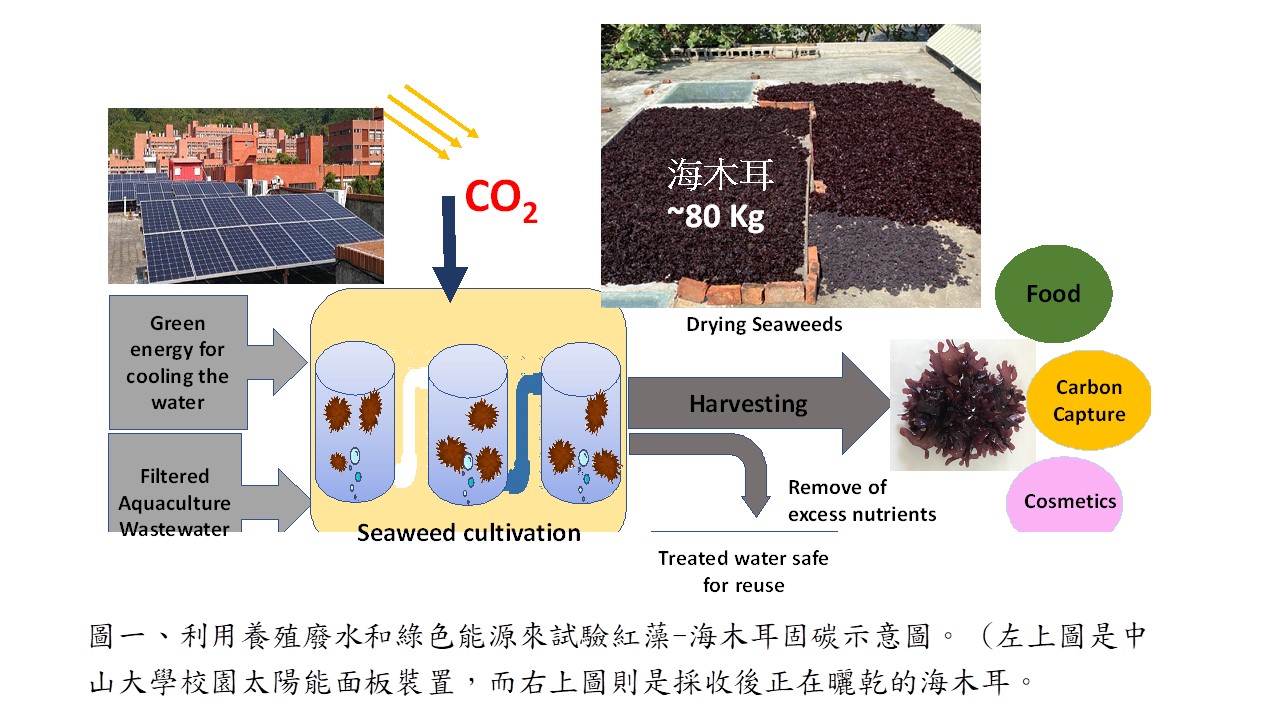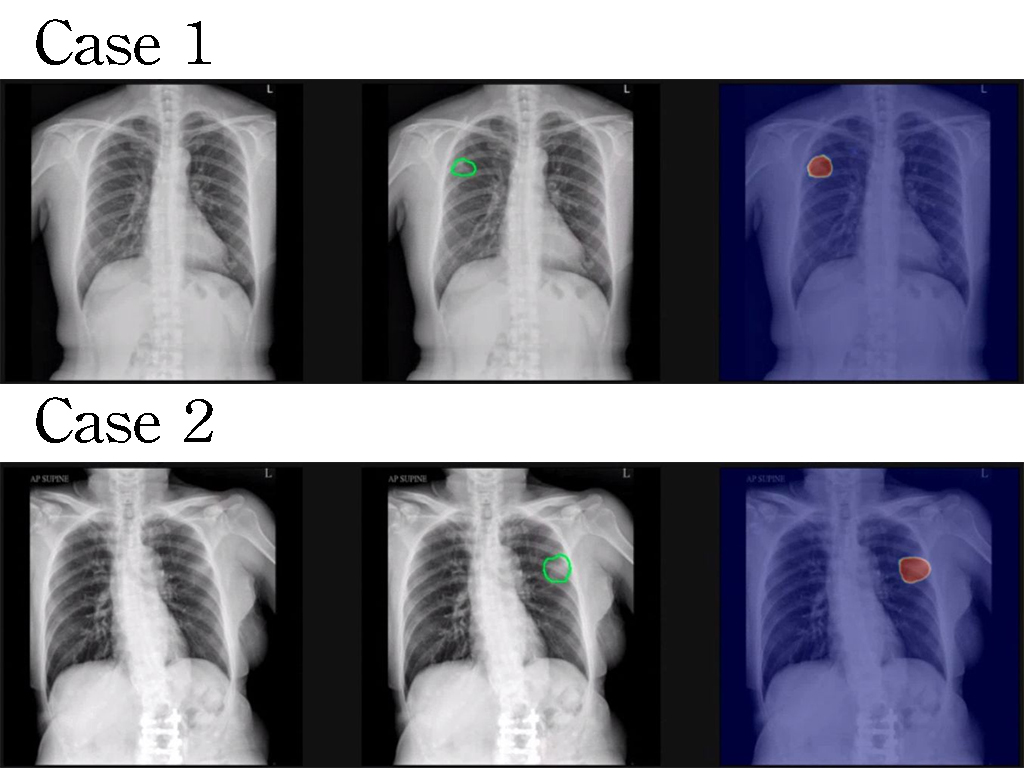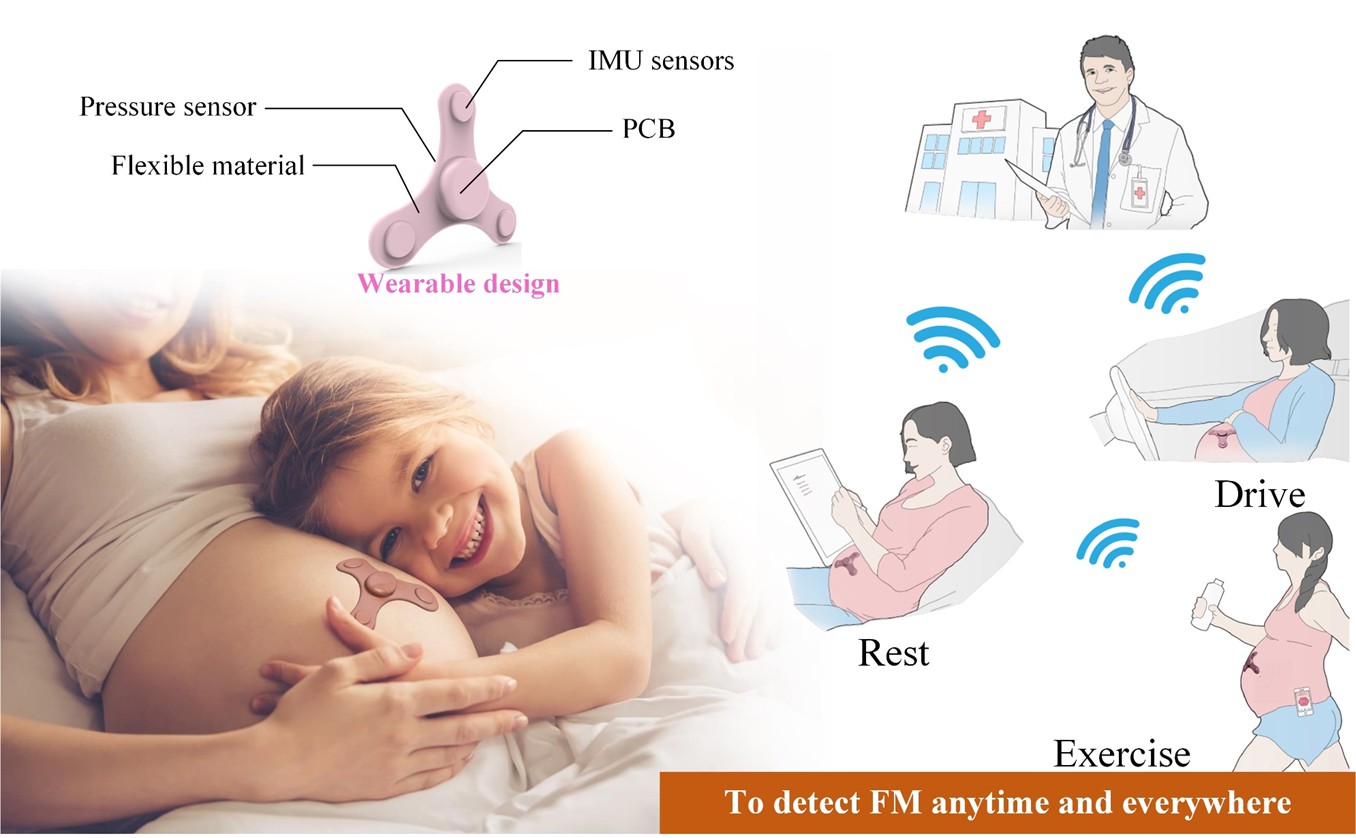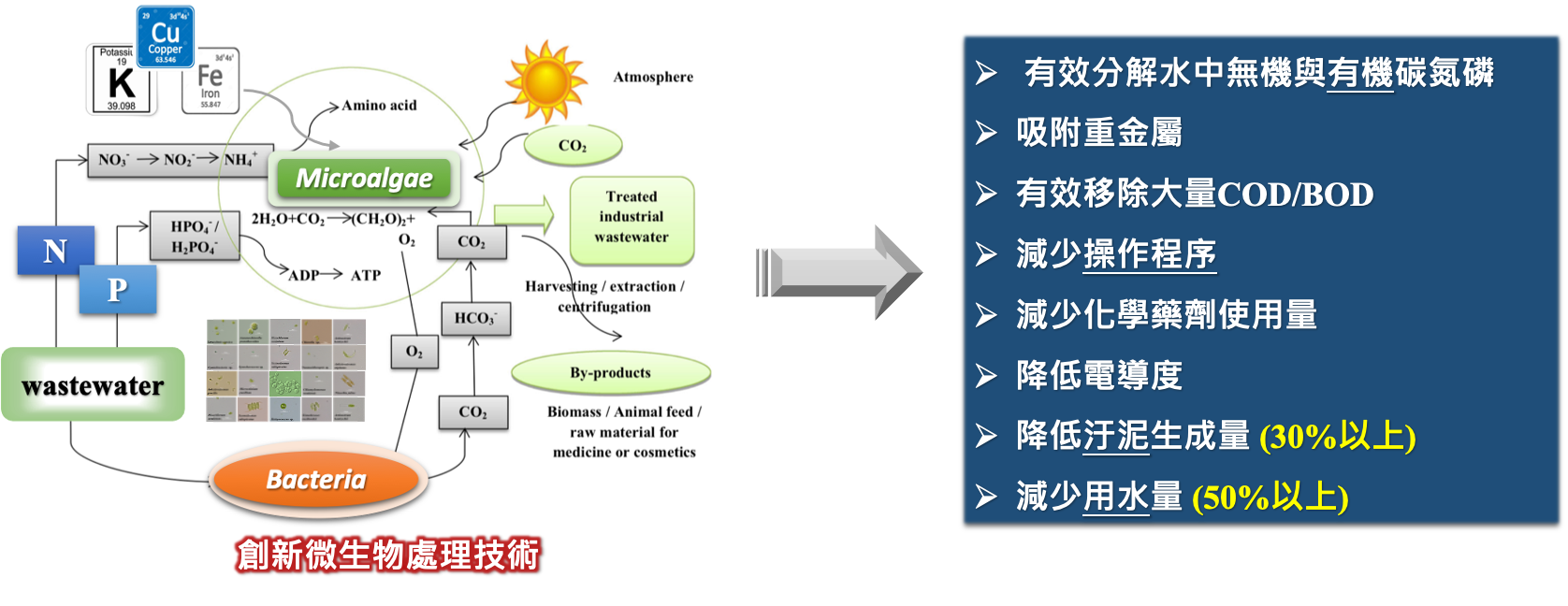| Summary |
Our research team has developed a short-wave infrared light gold nanoclusters as an intraoperative fluorescent imaging agent, breaking the light emission limit of the previous gold nanoclusters, shifting the light emission position to the infrared spectrum, successfully avoiding the autofluorescence between the tissuesachieve deeper penetration along with instant bio-imaging. This technology has clearerdeeper imaging benefit with the potential to become a clinical medical infrared imaging agent.
|
| Scientific Breakthrough |
The gold nanoclusters are synthesised by modifying in the hydrophilic to accomplish short-wave infrared (SWIR) range from near infrared range in the light-emitting position. It could become one of the new generation fluorescent nanomaterials, which is suited with non-toxic water-phase processingbiocompatibility. It is a pleasing core nanomaterial as compared with the current clinical usage of ICG, in addition to the stable structurelonger fluorescent imaging claritylonger blood circulation time. It has the close proximity to the clinically used fluorescent contrast nano-agents.
|
| Industrial Applicability |
The hydrophilic fluorescent gold nanoclusters developed by the research team grasp the advantages in size variationsthe characteristics of the light emitting position,also give fluorescent goldSWIR light imaging opportunities to create unprecedented biomedical imaging opportunities. Inclusive of non-contact life signal monitoring, microvascular flow imaging map, real-time metabolic imaging observation, molecular target imaging, etc., all prove that shortwave infrared has shown its potential in the new generation of biomedical imagingwill play a key role in the future.
|

